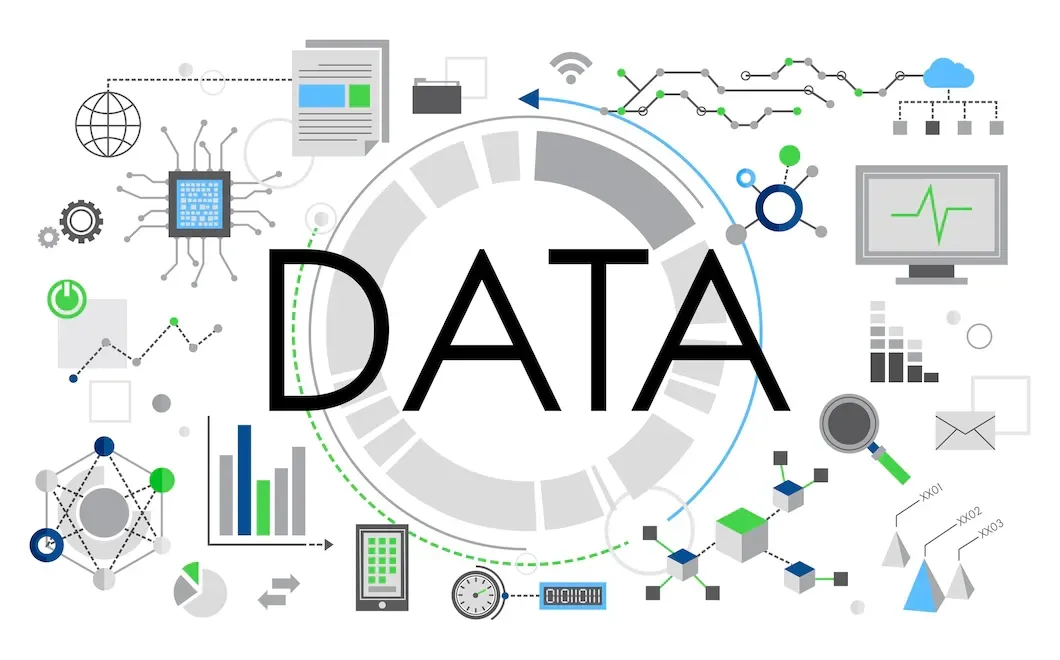
Integrating Data: Dismantling Silos
Data integration entails combining information from several sources, putting it in a standardized format, and sending it where needed. It is an essential procedure that enables businesses to minimize redundancy, destroy data silos, and create a single source of truth. Through the provision of vital tools and methods for extracting, transforming, and loading (ETL) data from multiple sources, data integration solutions play a crucial part in this process.
Knowledge of Data Munging
Data munging is one of the main obstacles in data integration. Before raw data can be used for analysis, it must first be cleaned, transformed, and enhanced—a process known as data munging, often called data wrangling or data preparation. It entails managing missing values, resolving contradictions, standardizing formats, and conducting additional data purification operations. Data munging is frequently a time-consuming and challenging operation that requires proficiency in data manipulation methods and knowledge of the data's domain.
Problems with Data Munging
For successful data integration, there are several obstacles presented by data munging. These difficulties include:
- Missing Values: Handling missing value data, which, depending on the analytic requirements, may require imputation or removal.
- Resolution of discrepancies in data formats, units, or naming practices across several sources.
- Data standardization: Ensuring data is uniformly formatted and organized for easy integration.
To solve the difficulties of data munging, data integration systems offer a variety of features and capabilities. These remedies give:
1. Tools for Analyzing Data Structure and Quality: Data Profiling:
Data profiling tools that examine the structure and quality of the data are frequently part of data integration solutions. These instruments aid in locating problems like missing values, outliers, or inconsistencies.
2. Functionality of Data Cleaning: Standardizing and Cleaning Data:
Data cleansing features are available in data integration solutions, enabling users to standardize and clean data using established rules or custom transformations. Before incorporating the data into a unified view, these functions aid in addressing discrepancies, resolving missing values, and ensuring data quality.
Automated data cleansing procedures ensure data integrity while saving time and effort.
3. Utilizing Advanced Technologies: Data Integration with AI and ML:
Modern data integration solutions automate and streamline the data integration process by utilizing cutting-edge technology like artificial intelligence (AI) and machine learning (ML). Data integration systems with AI capabilities can recommend mappings, transformations, and data quality rules based on user interactions and previous data integration trends, which reduces the need for human data munging.
Advantages of Using Data Integration Solutions
Deeper Understanding via a Combined Perspective:
Organizations can acquire more significant insights by achieving a unified data picture through integrated solutions. Businesses can find linkages, patterns, and correlations that would go unnoticed by connecting data dots from various sources. This comprehensive picture offers a holistic understanding of the company environment and aids strategic planning.
Enhanced Data Consistency and Quality:
Data integration solutions greatly enhance data quality and consistency. During the integration process, businesses can ensure the data is accurate, dependable, and current by cleansing and standardizing the data. Higher-quality data is produced by removing duplicate entries, resolving contradictions, and addressing missing values, which lowers the possibility of making decisions based on inaccurate or out-of-date information.
Increased Productivity and Efficiency:
Data integration solutions simplify time-consuming, repetitive procedures involved in data munging. With less manual labor required, fewer mistakes are made, and total productivity is increased.
In conclusion, to connect the data dots and give organizations a uniform vision, data integration solutions are essential. These solutions help businesses connect data from many sources, clean and convert it, and provide a unified perspective for analysis and decision-making by solving the difficulties of data munging and utilizing cutting-edge technologies.
Deeper insights, improved data quality and consistency, and increased agility and responsiveness are all advantages of deploying data integration solutions. To fully realize the potential of their data assets, organizations must invest in reliable data integration solutions as they continue to produce and gather vast amounts of data.